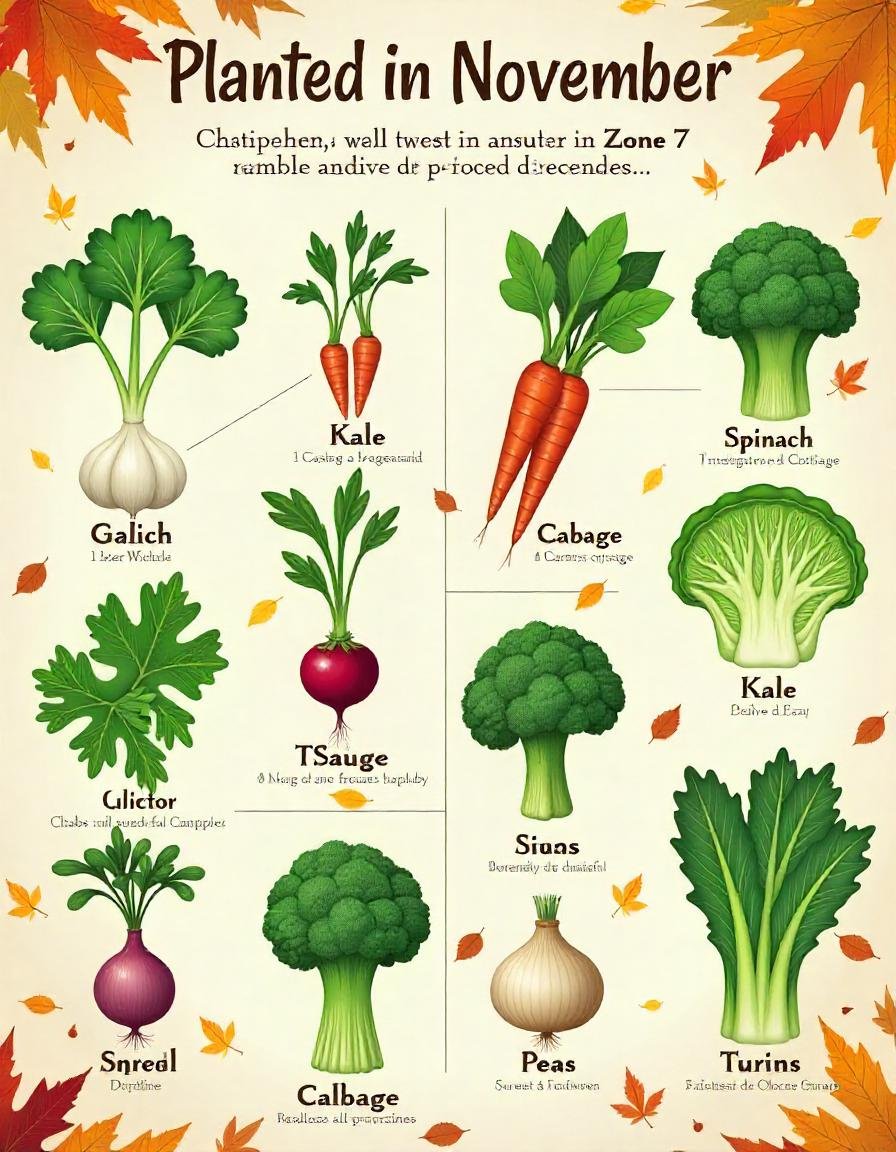Discover 11 vegetables perfect for November planting in Zone 7. Learn expert tips on soil prep, frost protection, and variety selection for a thriving winter garden. Ideal for gardeners seeking year-round harvests!
In Zone 7, November offers a great opportunity to plant cool-season crops for winter harvests and early spring yields. Key vegetables to plant include garlic, leafy greens like spinach and kale, root vegetables such as carrots and radishes, and hardy brassicas like cabbage and broccoli. With proper care and protection, these plants can thrive despite cooler temperatures.
Hey there, fellow Zone 7 gardeners! I’m Tom, and I’ve been tending my vegetable patch through all seasons for over 15 years now. Let me walk you through some fantastic veggies you can plant this November to keep your garden productive and your meals fresh!
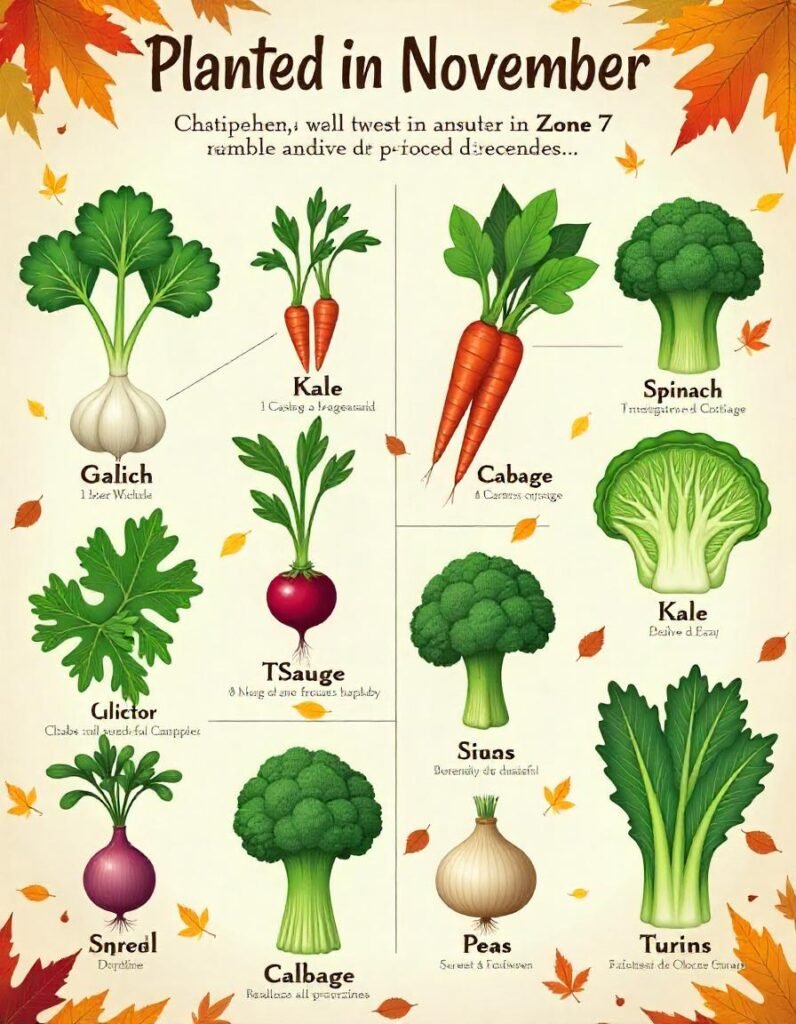
1. Garlic
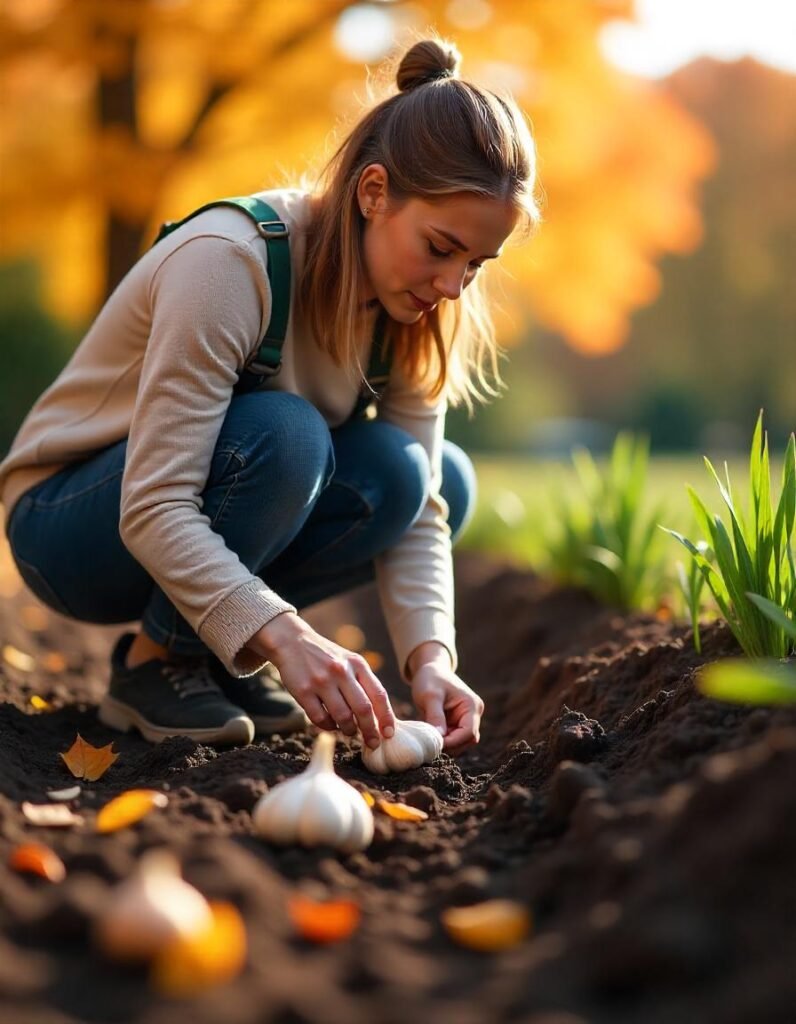
November is the perfect time to plant garlic in Zone 7. Here’s how I do it:
- Choose hardneck varieties for cold hardiness
- Plant cloves 2-4 inches deep, 6 inches apart
- Mulch well to protect from winter cold
Pro tip: Plant elephant garlic too for milder, larger cloves!
2. Spinach
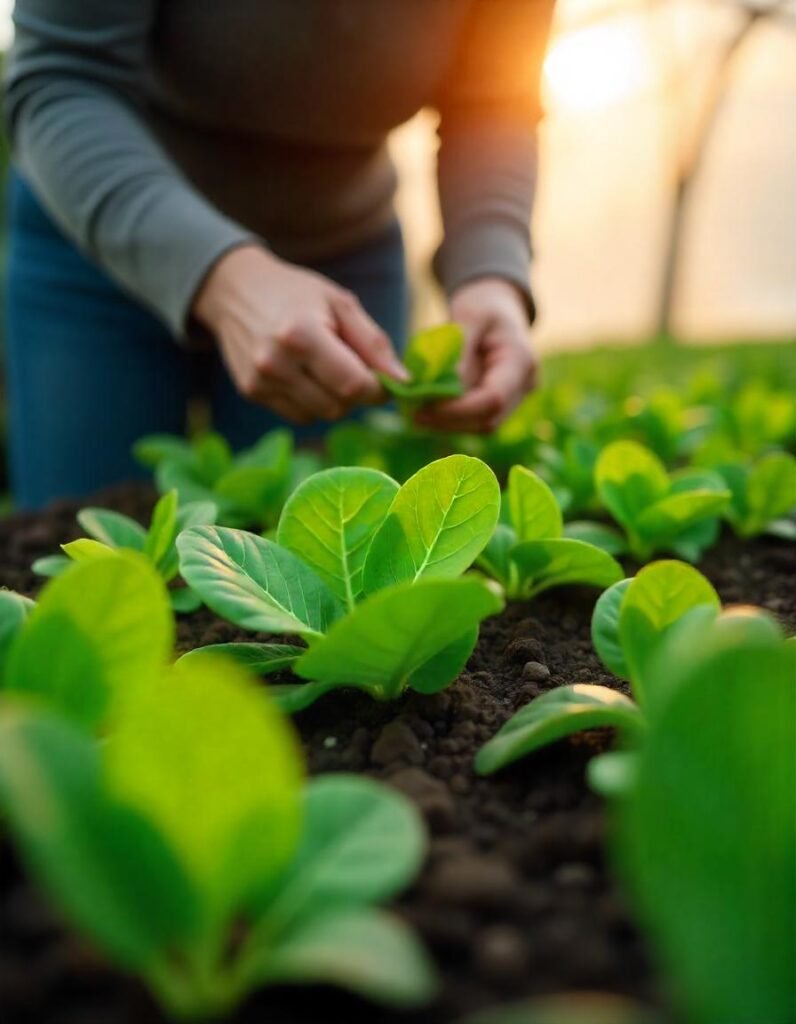
Spinach loves cool weather and can survive winter with some protection:
- Sow seeds 1/2 inch deep, 2 inches apart
- Thin seedlings to 6 inches apart when they’re 2 inches tall
- Cover with row covers or cold frames for winter harvests
3. Kale
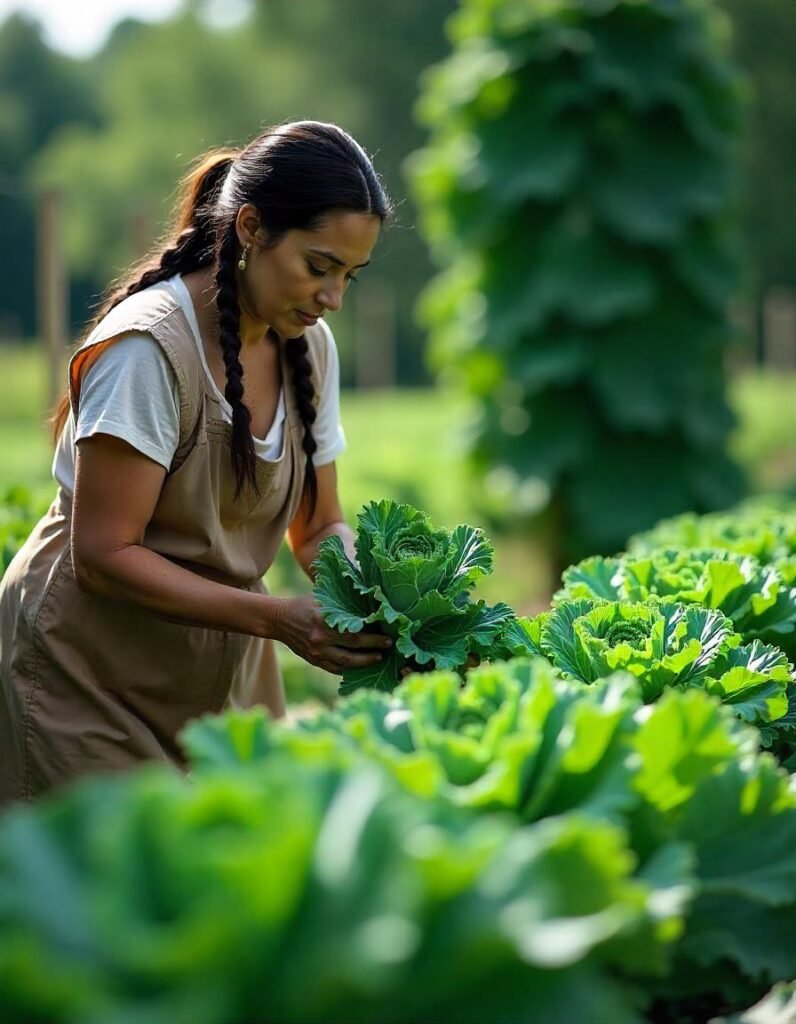
This super-hardy green can withstand frost and even snow:
- Plant seedlings 12-18 inches apart
- Mulch heavily around plants
- Harvest outer leaves as needed throughout winter
4. Carrots
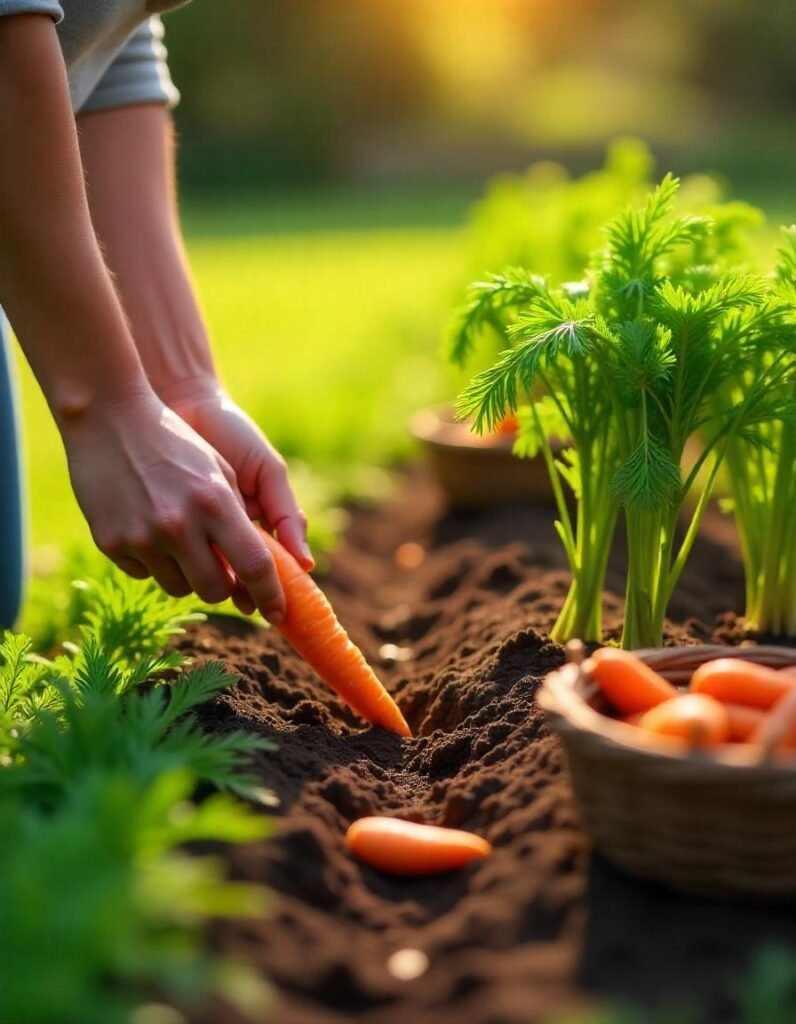
Believe it or not, carrots can be planted in November for early spring harvests:
- Sow seeds 1/4 inch deep in rows 12 inches apart
- Cover with a layer of straw or leaves for insulation
- Thin seedlings to 3 inches apart in early spring
5. Radishes

Quick-growing radishes are perfect for late-season planting:
- Sow seeds 1/2 inch deep, 1 inch apart
- Choose winter varieties like Daikon or Black Spanish
- Harvest in about 30-60 days, depending on variety
6. Cabbage
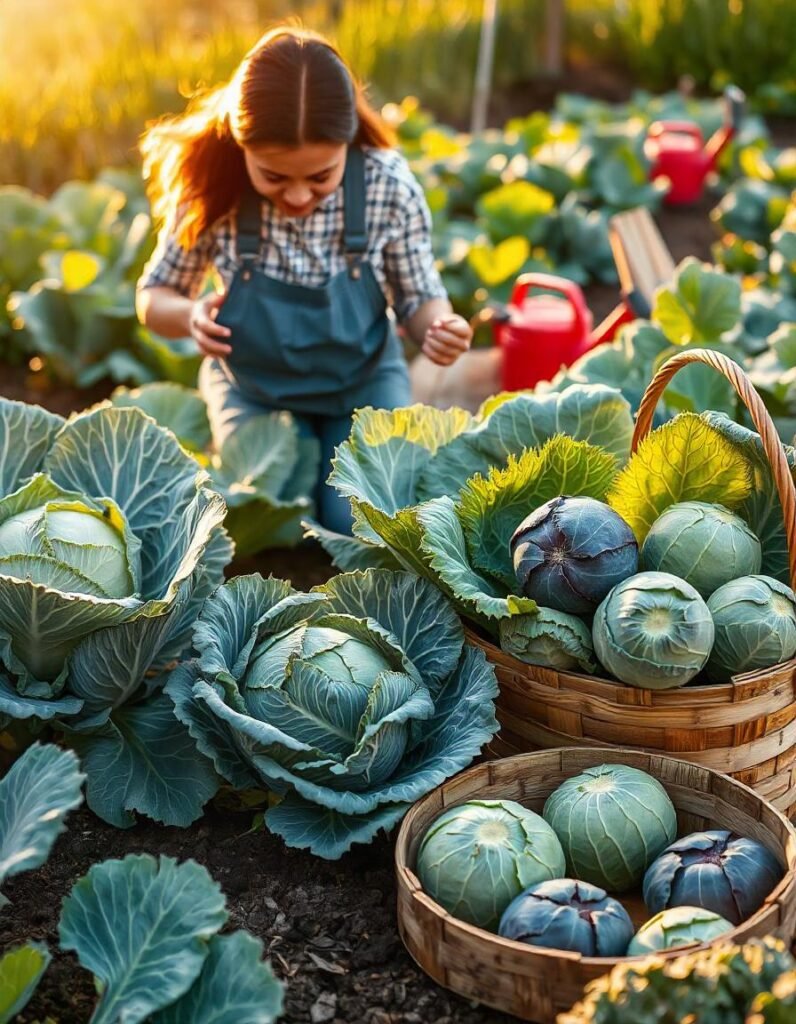
Cabbage seedlings planted now will be ready for early spring harvest:
- Plant seedlings 12-18 inches apart
- Protect young plants with cloches or row covers
- Mulch well to retain soil warmth
7. Broccoli
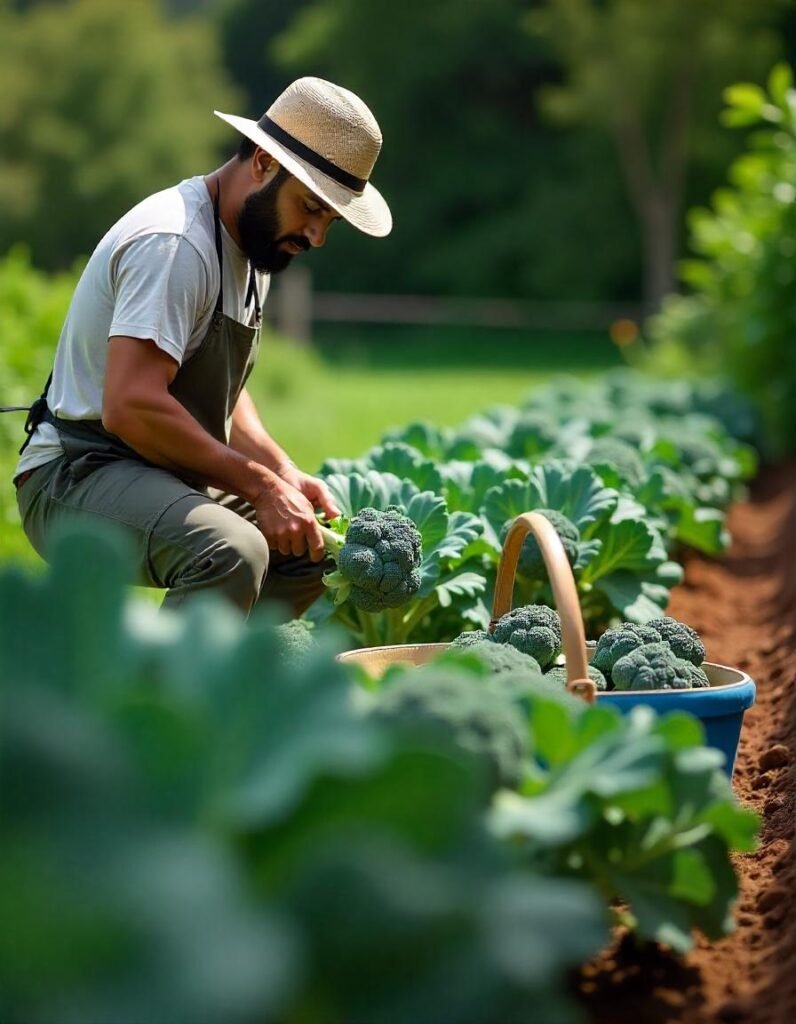
Like cabbage, broccoli can be planted now for spring harvests:
- Set seedlings 18-24 inches apart
- Water consistently to prevent buttoning (premature heading)
- Harvest main head when buds are tight and dark green
8. Lettuce
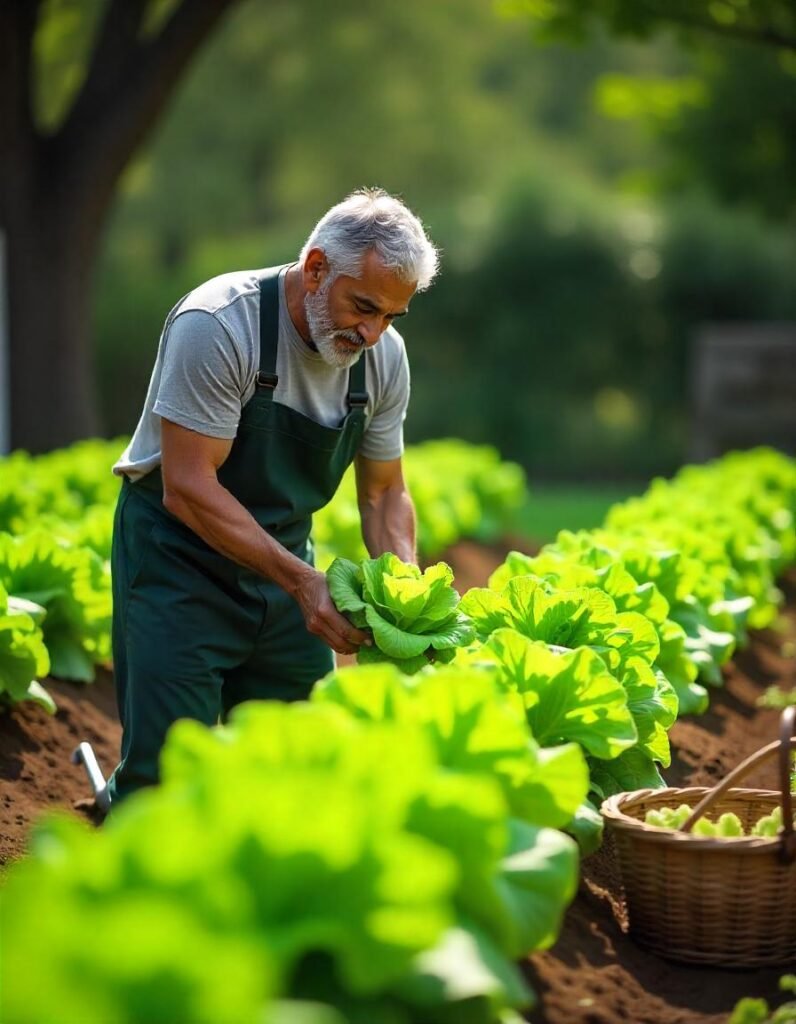
Lettuce can thrive in cool weather with some protection:
- Sow seeds 1/4 inch deep, 1 inch apart
- Thin to 6-8 inches apart for head lettuce, less for leaf varieties
- Use cold frames or row covers for winter harvests
9. Onions
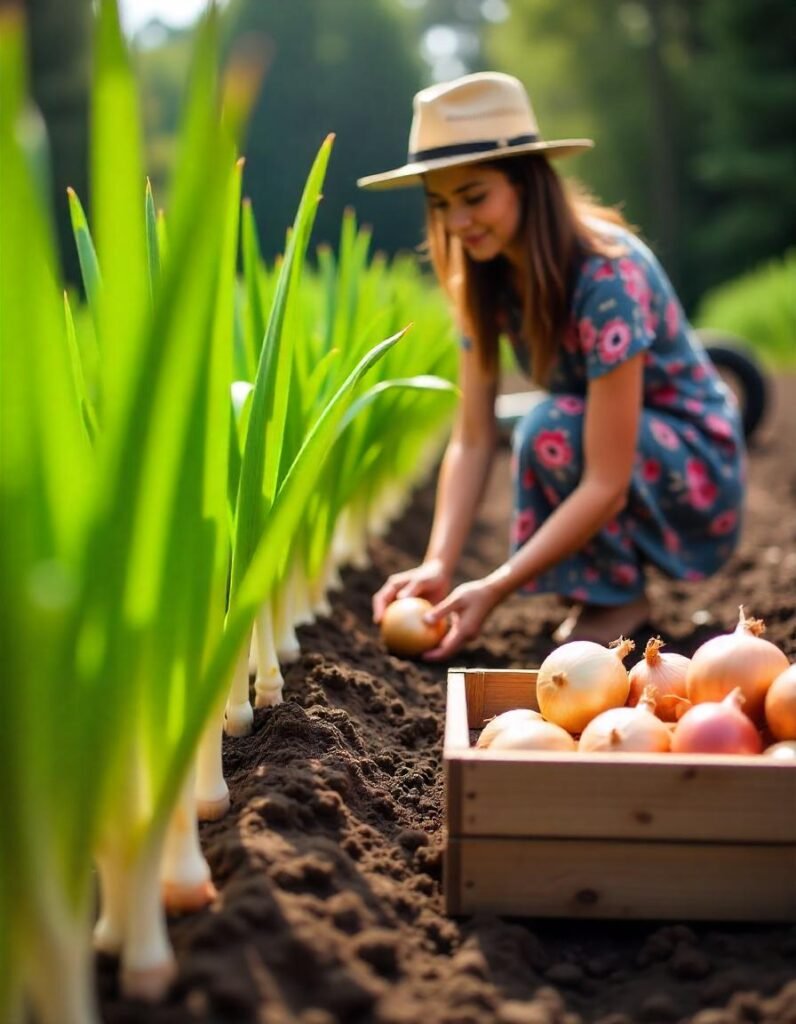
Plant onion sets now for a head start on spring growth:
- Plant sets 1 inch deep, 4-6 inches apart
- Choose short-day varieties for Zone 7
- Mulch heavily to protect from freezing temperatures
10. Peas

For an early spring crop, try planting peas in November:
- Sow seeds 1 inch deep, 2 inches apart
- Provide a trellis or support for climbing varieties
- Protect young plants with floating row covers
11. Turnips
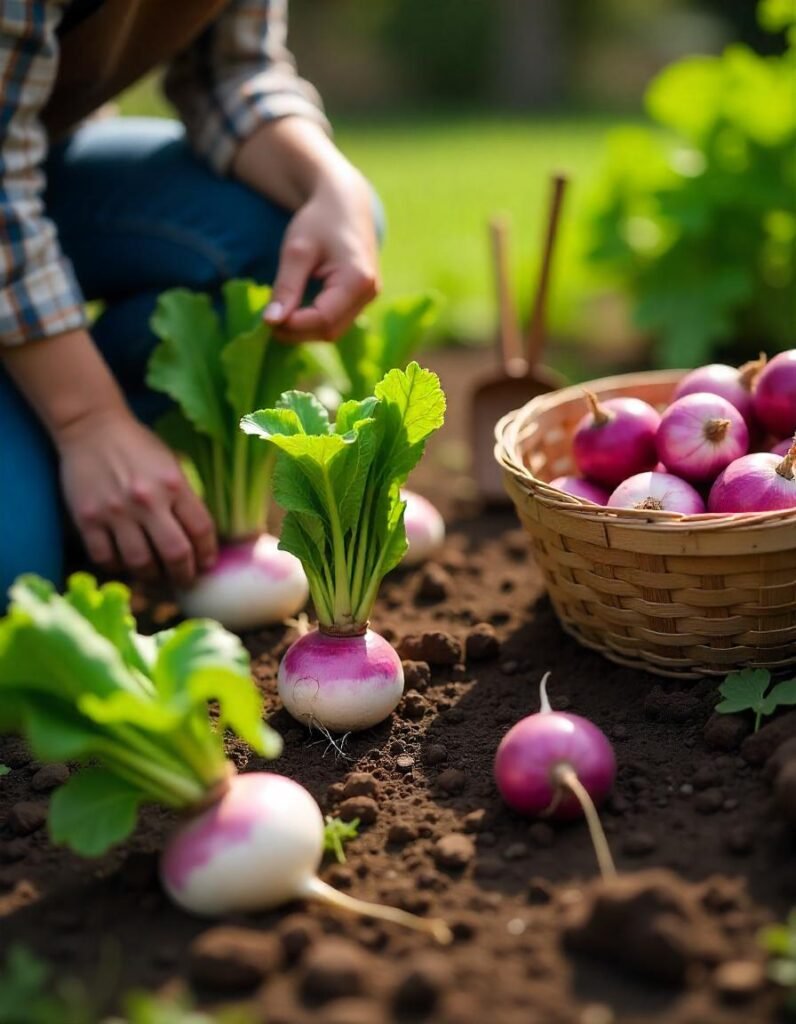
These fast-growing root vegetables are perfect for fall planting:
- Sow seeds 1/2 inch deep, 2 inches apart
- Thin seedlings to 4-6 inches apart
- Harvest both roots and greens as needed
Tips for November Planting Success
To ensure your veggies thrive, keep these points in mind:
Soil Preparation
- Add compost or well-rotted manure to beds before planting
- Ensure good drainage to prevent waterlogging in winter
Frost Protection
- Use row covers, cold frames, or low tunnels to extend the growing season
- Apply a thick layer of mulch around plants
Watering
- Water deeply before the ground freezes
- Avoid overwatering to prevent root rot in cold, wet soil
Pest Management
- Monitor for slugs and snails, which can be active in mild winters
- Remove any diseased plant material promptly
November planting in Zone 7 can reward you with fresh vegetables through winter and early spring. By choosing the right varieties and providing appropriate care, you can keep your garden productive year-round. Remember, every garden is unique, so don’t be afraid to experiment and adapt these suggestions to your specific microclimate.
Happy planting, and here’s to a bountiful cool-season harvest!
For more gardening tips and plant care guides, visit usagardenhub.com

